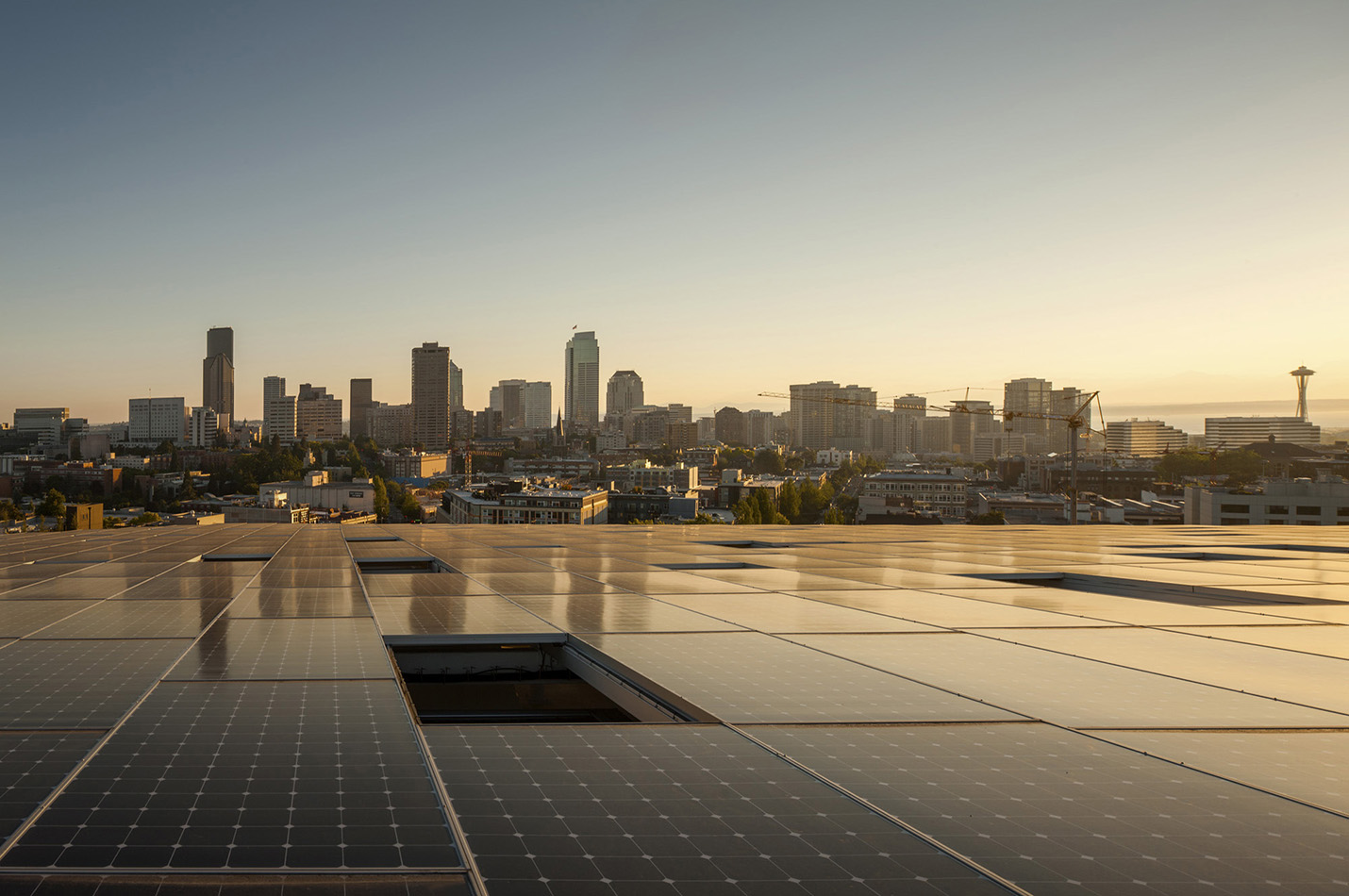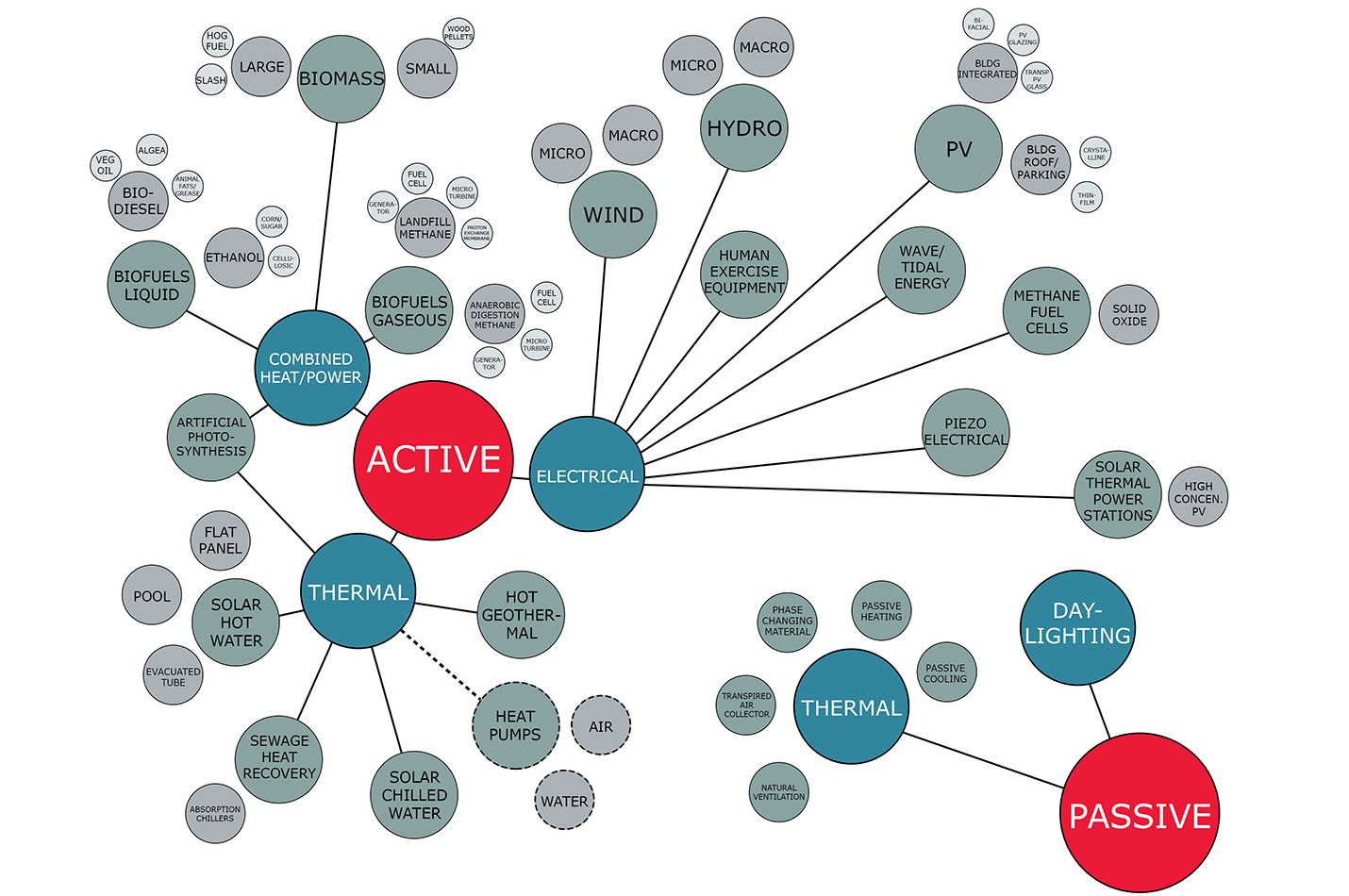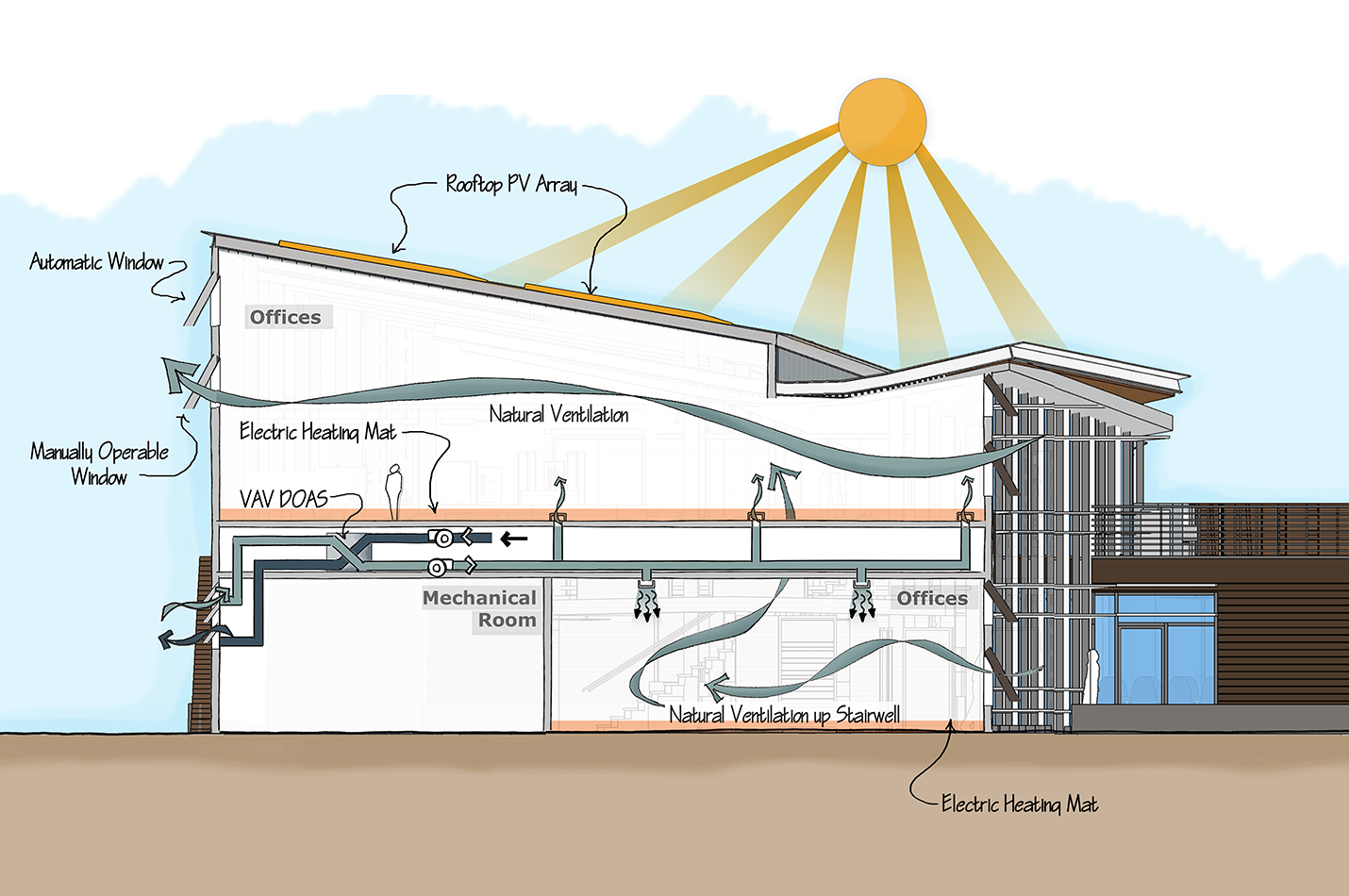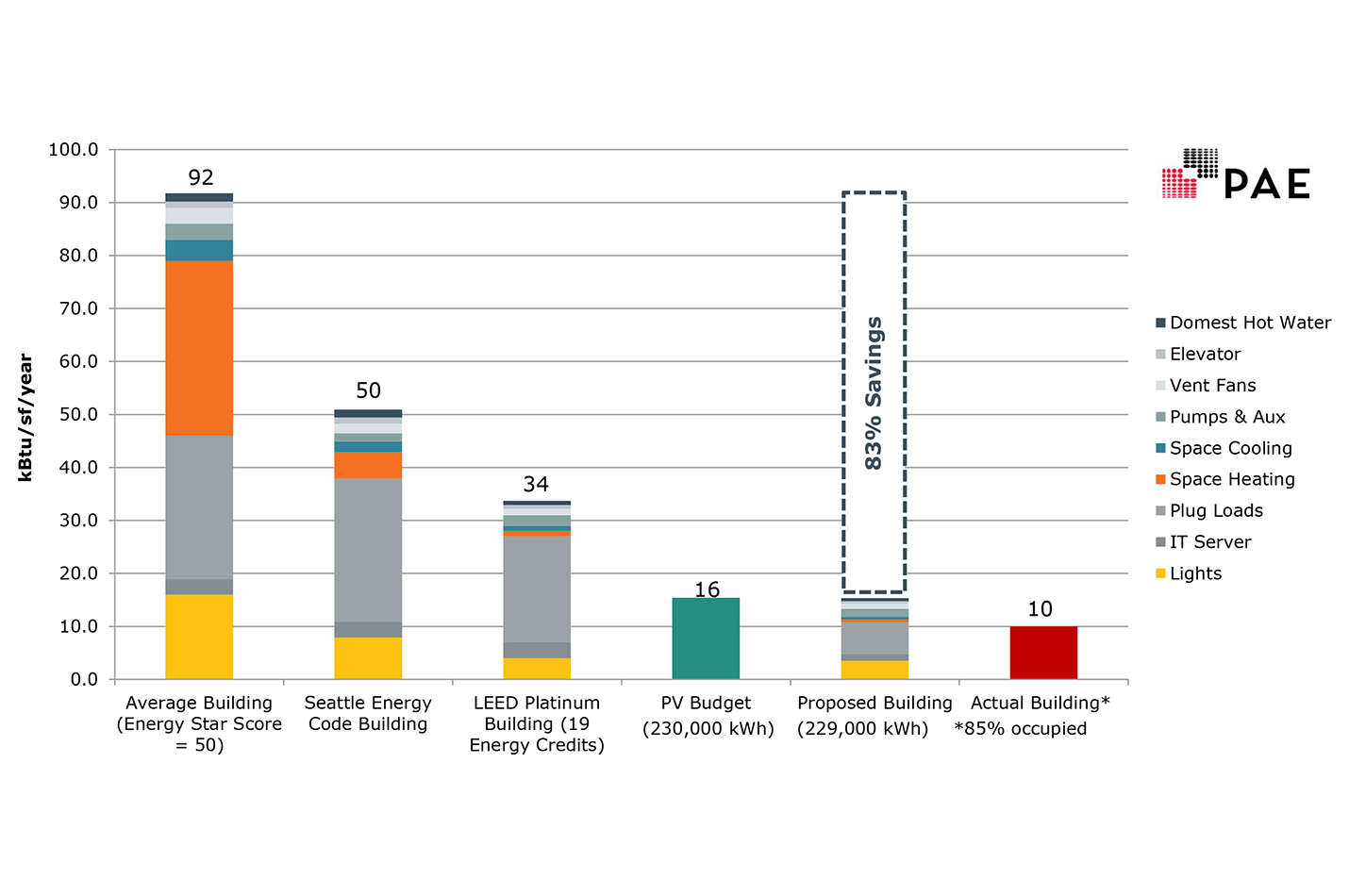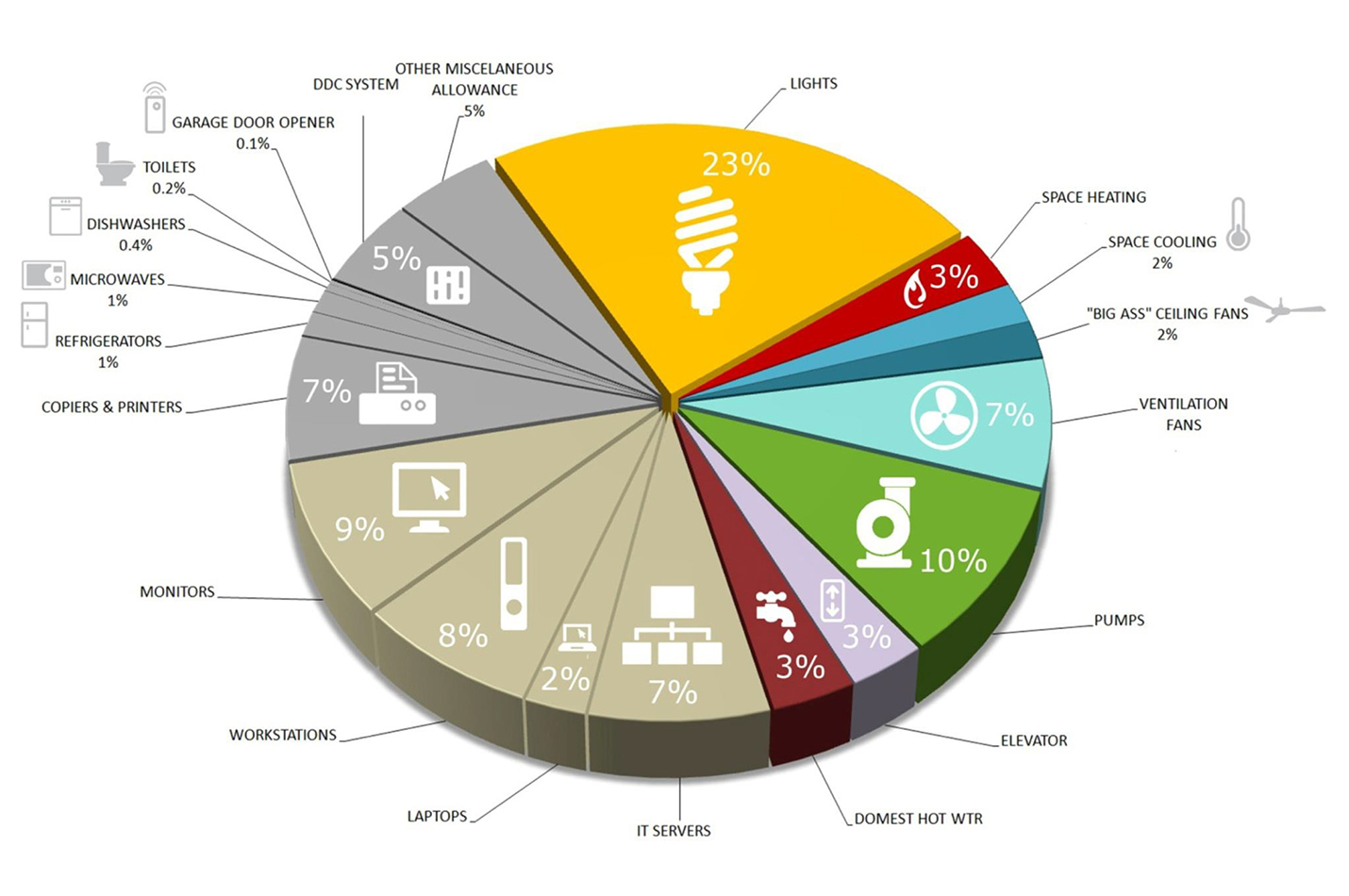Net-Zero Energy is here
A Net-Zero Energy building is one that produces at least as much energy through renewable sources as it uses in a year. Currently, there are very few Net-Zero buildings in the U.S., and most of them are small—but you’re about to start seeing a lot more of them.
In 2007, the California Public Utilities Commission publicly declared an ambitious goal: All new residential construction in California will be Net-Zero Energy by 2020, and all new commercial construction in the state will be Net-Zero Energy by 2030. Oregon and Washington are now offering performance-based incentives and tax credits for Net-Zero buildings, and they’re instituting benchmarking requirements for residential and commercial projects.
Net-Zero Energy is no longer a stretch goal that only a few projects ever achieve. We’ve reached a point where all stakeholders in the building industry must understand how to achieve Net-Zero Energy.
Six steps to Net-Zero Energy
Even before California set its goal for more energy-conscious construction, PAE was designing Net-Zero projects on a building and campus scale. In fact, we’ve been at it for over 10 years.
To minimize a building’s overall energy use, we use a six-step approach:
- Set inspiring goals
- Analyze the climate
- Reduce energy use
- Choose efficient systems
- Opt for renewables
- Verify performance
Working with local climates
We carefully analyze the local climates for which we’re designing buildings.
We look beyond the hottest and coldest days to consider weather data for all 8,760 hours in a year. We look for diurnal temperature swings to determine how many hours per year the temperature falls within given ranges. We also analyze solar radiation, rainfall data, wind velocities, relative humidity, and other factors.
This careful analysis reveals opportunities for passive heating and cooling, renewable energy options, and envelope designs that result in low balance-point temperatures (the temperature at which the heating system goes on).
Renewables and the electrical grid
PAE has used over a dozen different types of onsite renewable energy resources. We start with the passive-energy systems and then overlay active systems.
Our passive systems include daylighting, passive heating, passive cooling, phase change materials, and natural ventilation. Active systems include many types of PV, and several types of solar thermal, wind, wood pellets, methane, and other biofuels.
During the schematic design phase, we evaluate the options for onsite renewable energy sources. These can include daylighting, passive heating, passive cooling, solar thermal, solar electric (photovoltaics), and biomass and wind power. We also assist owners in working with third-party suppliers who may be able to finance such systems off the project’s balance sheet.
From Net-Zero to Net-Positive
We have designed some of the most energy-efficient buildings in the world, many of which involved careful climate analysis and feature renewables. Some of these systems eventually start generating more energy than the building uses, creating Net-Positive buildings.
Examples of this include the Bullitt Center in Seattle, widely considered the greenest commercial building in the world, and the Rocky Mountain Innovation Center in Basalt, Colorado.
The six-story Bullitt Center features a 242 kW rooftop PV array, a closed-loop geothermal HVAC system, radiant floors, rainwater harvesting, greywater reclamation, and composting toilets. After its first year of operation, the Bullitt Center outperformed its expected energy use intensity (EUI) of 16 and achieved an EUI of 10. In 2015, the building achieved Net-Positive and generated 40% more energy than it used, providing its excess power to the city’s electrical grid.
To learn more about our experience with Net-Zero and Net-Positive projects, visit our Work portfolio.



